Written by Tony Medici
[Additional comments by Thom are in italics and brackets, like this]
On a typical Bythom safari planned as a 14 day safari, Thom usually has the larger group stay at a lodge in Maun to catch everyone up on his way of teaching. So Day 1 would be arriving at the lodge, lectures and practice for going out [that's the plan for 2024, and I'll be there for that day of teaching]. On day 2, we would then leave around 9 am for the long drive to Moremi National Park. The first part of that drive is long and dusty as we travel on tarmac and dirt roads out to South Gate before we enter the park itself. Once inside the park, we would stop for lunch hopefully at a scenic location. Two years ago, our picnic was interrupted by a family of elephants who posed for us. For the rest of that long-driving day, we would be in safari mode where we take it slow, looking for attractions on our way to camp. We end up spending maybe 4 or 5 hours in safari mode arriving at camp right before it gets dark.
Because Thom inherited a fixed itinerary from Wilderness Travel for this trip that saved time by flying out to the park on the morning of Day 1, everyone overnighted in Maun the day before and we first met at the plane in the morning. [This, of course, wasn't optimal, however only two of this trip's students were new to my workshops, and thus I was able to spend most of my first two days working with them to get them up to speed.]
While a flight costs more it got us to the Xakanaxa airstrip (which is a dirt field) by mid morning. We then spent about 2 hours in Safari mode looking for attractions before driving into camp for lunch. Here's some of what we saw in that "extra" morning of safari:
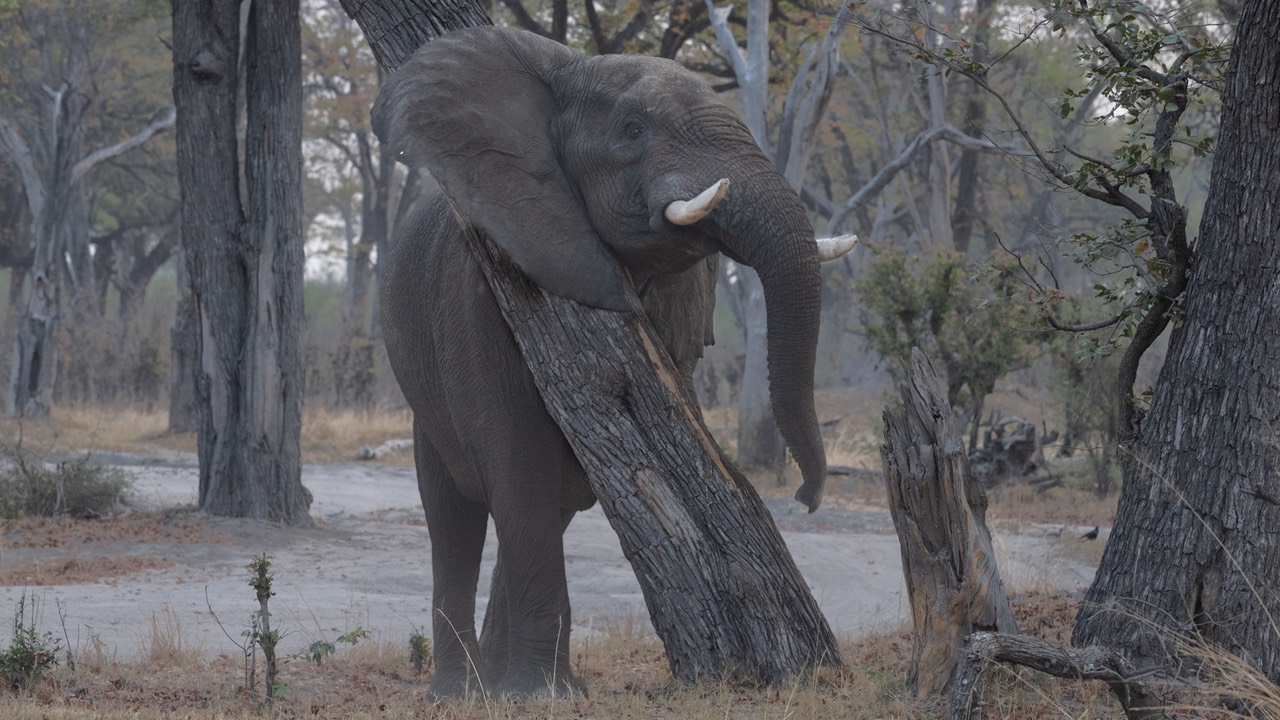
I like hiding elephants, because, well, they're hard to find. Normally, you see elephants more like this:
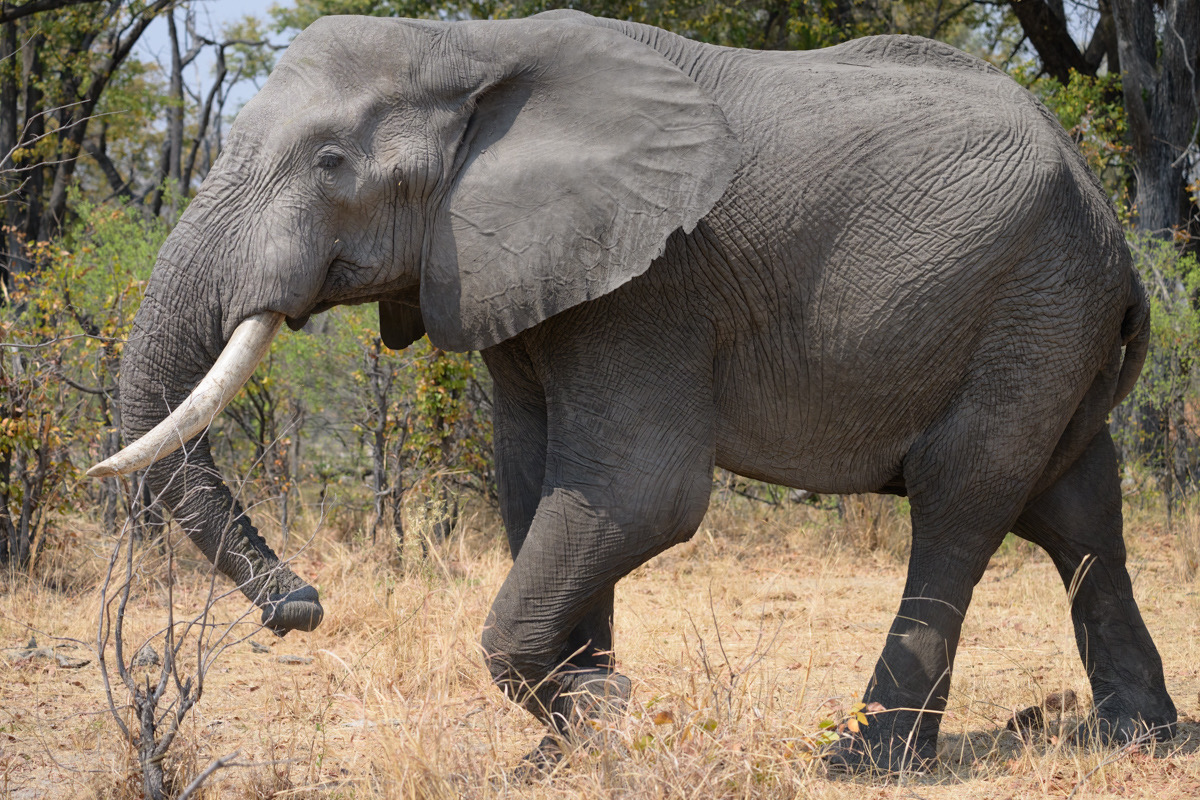
We also saw a number of other interesting things for a "first" drive:
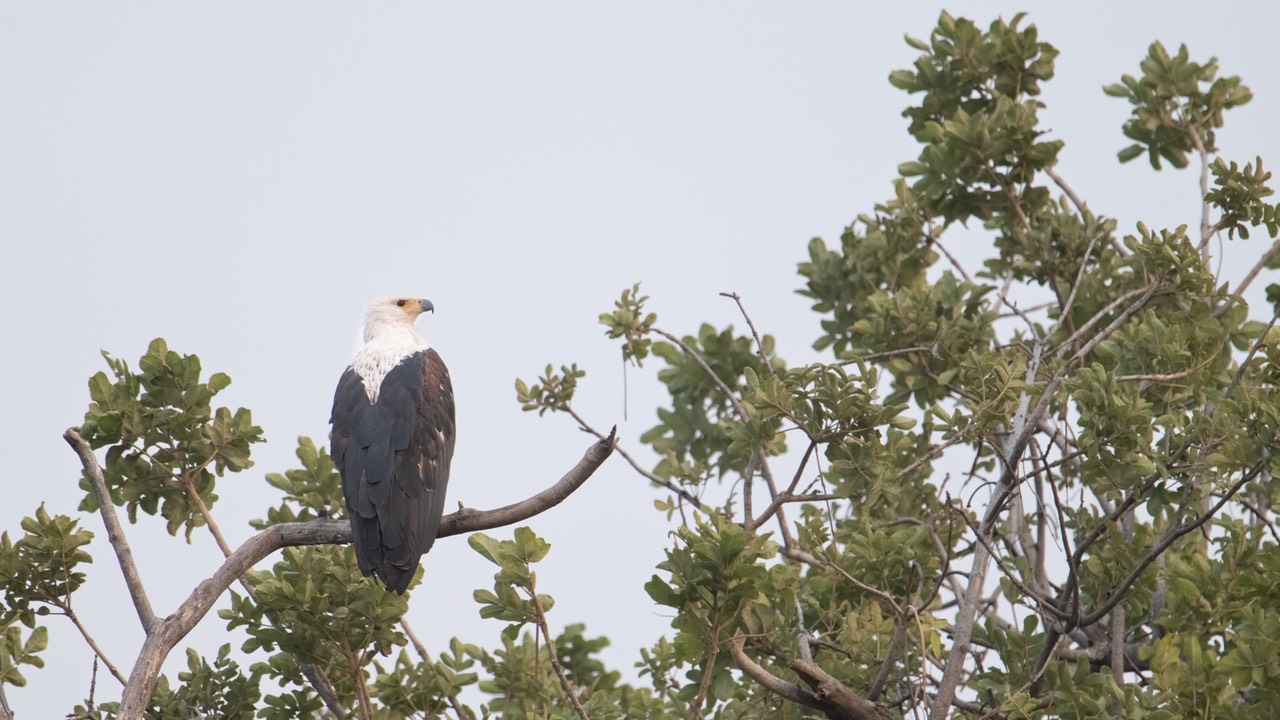
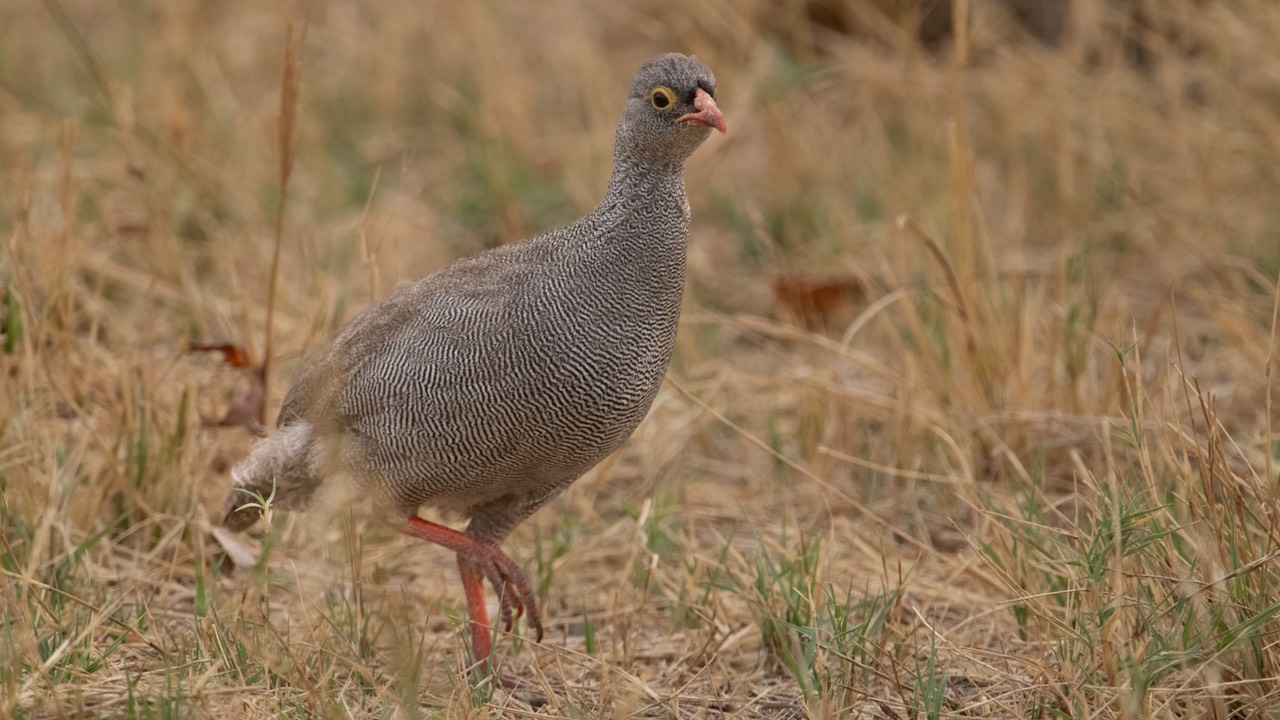
All five of the above images were taken just in the morning safari after the flight, before we arrived at camp for lunch. The trip is off to a fast start.
Our first afternoon started with lunch, some rest/nap/download, review images time, and instruction time, followed by the usual afternoon safari tea. Thom spent most of that time making sure everyone was up to speed and ready to photograph whatever we found, just as I'll be doing at next year's workshop. At 4 pm, we loaded back into the Land Cruisers for our afternoon drive. We spent until the local sunset in safari mode looking for animals before we headed back to camp for a shower, dinner and retiring for the evening.
We continued to have good luck finding subjects during this drive, but I’d say the most excitement in the afternoon for the group (especially the first timers to Africa) was spotting a trio of sleeping lions in tall, dead grass (below). As you can see, some of the photographic opportunities of the encounter weren’t stellar. The sun was setting, and we couldn't wait for the lions to wake. However, it’s always nice to spot three of the Big Five so early in the trip (the elephants and leopard in the morning, the lions in the late afternoon).
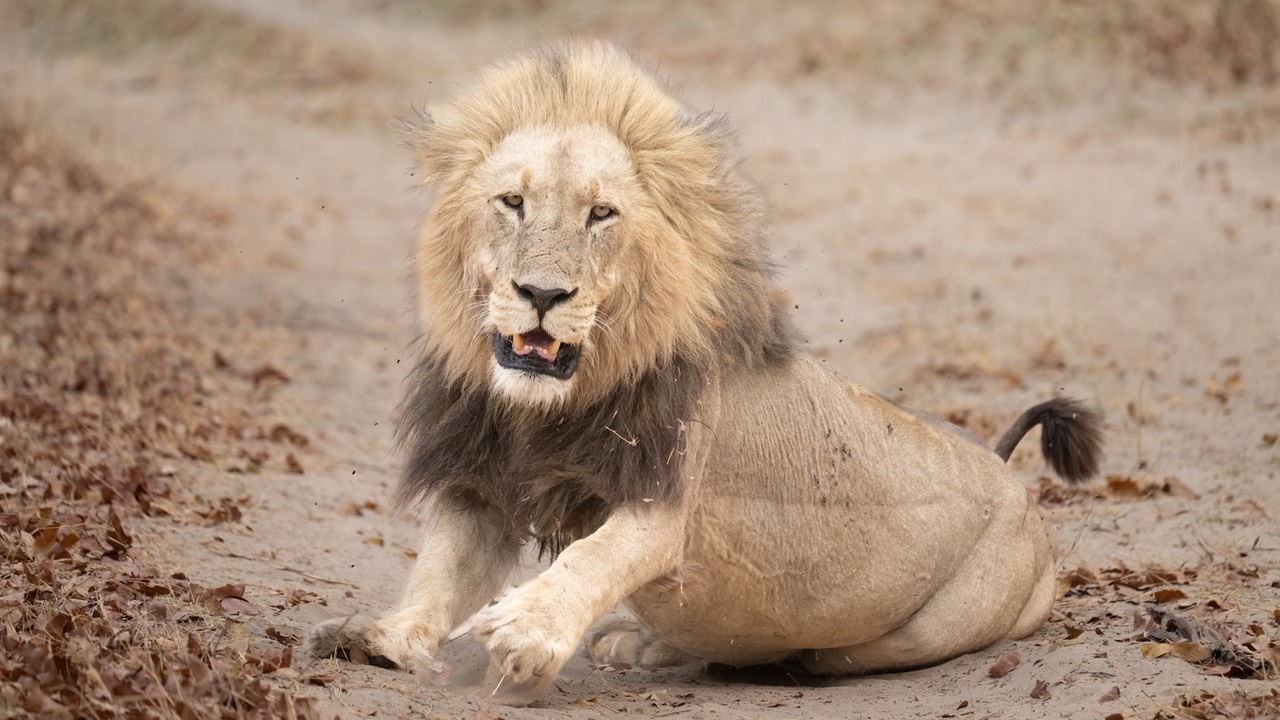
We did spot plenty of other animals for which I took the opportunity to get some images of some more common animals. On the first day, most people are willing [want to] to stop for more common animals, which I often don't take time to photograph. Later in the trip, that will become harder and harder after we’ve seen many more of these common animals and everyone wants a "new" excitement.
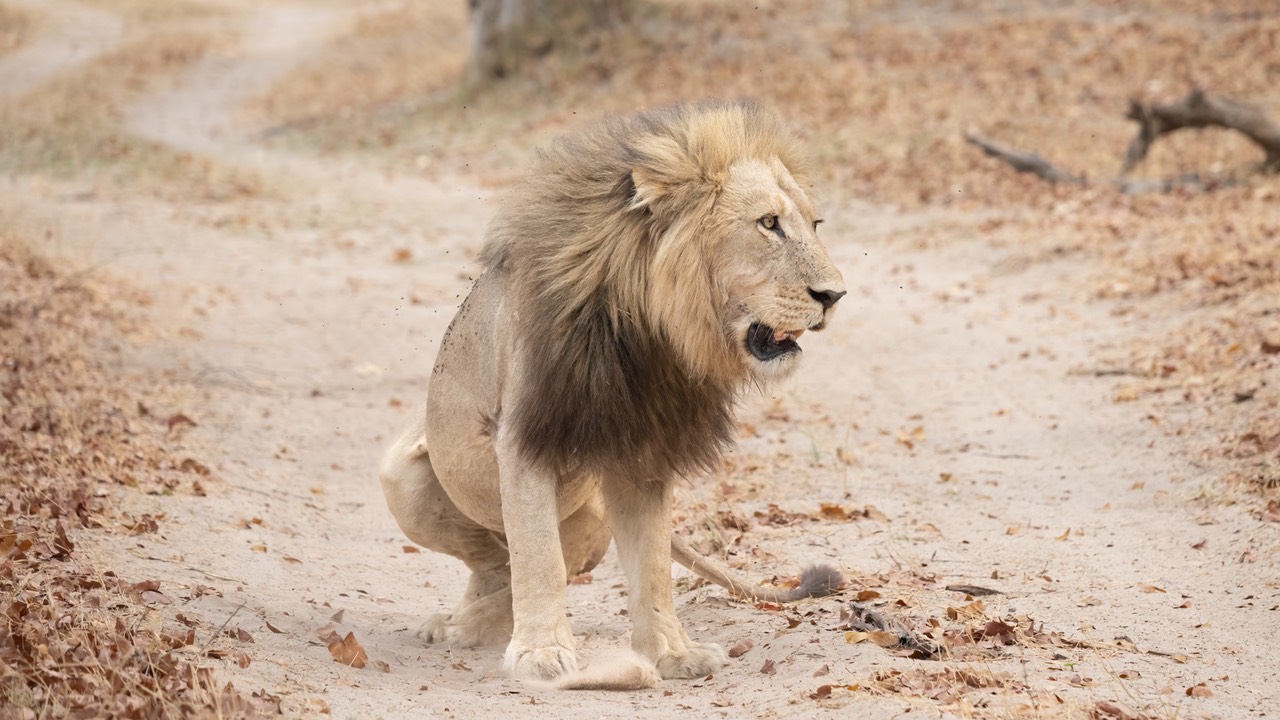
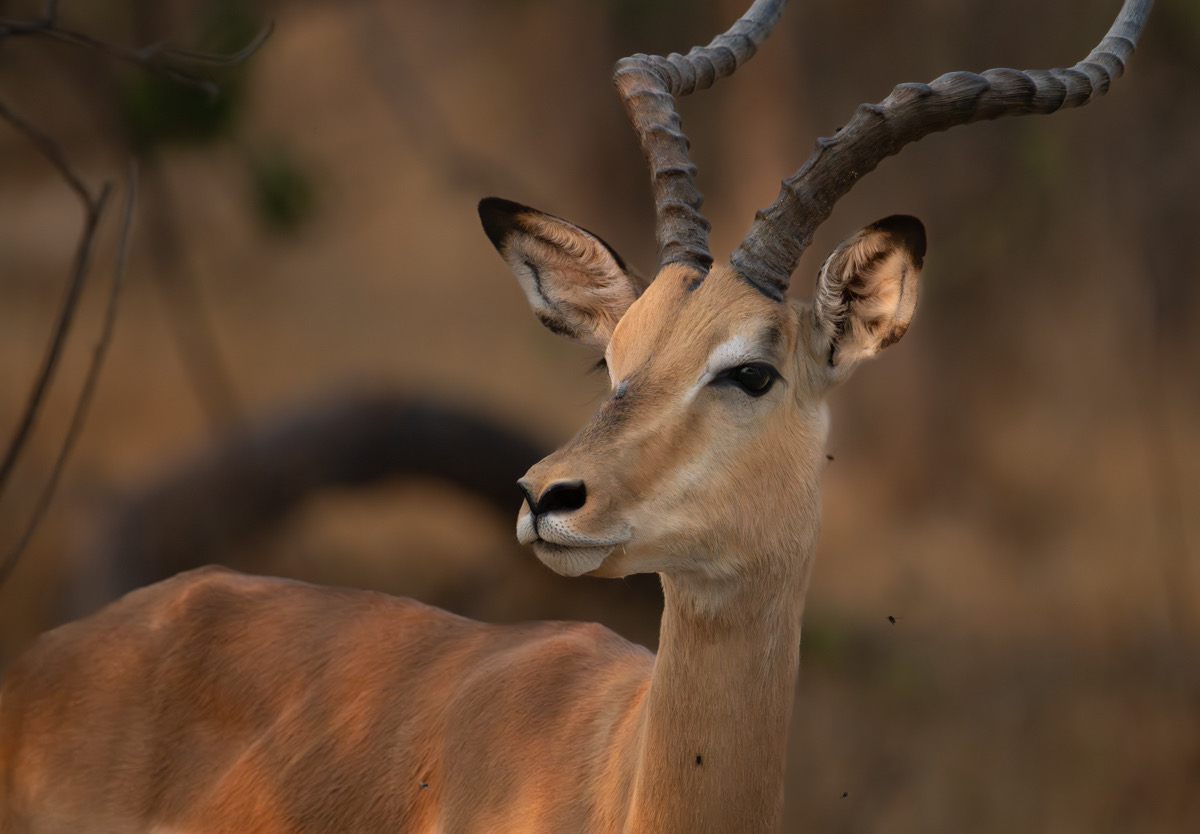
I'm a birder, so I also like to take all the opportunity to get decent images of all the birds that might be around. Today I saw a few birds I haven’t seen for multiple trips, as well as birds I sight more often. Different birds can be seen in an area due to visiting at a slightly time of year to catch migratory birds. Or you can see different species by changing areas, which causes the indigenous birds to vary. In September, for instance, the crimson bee-eater is migrating through the area:
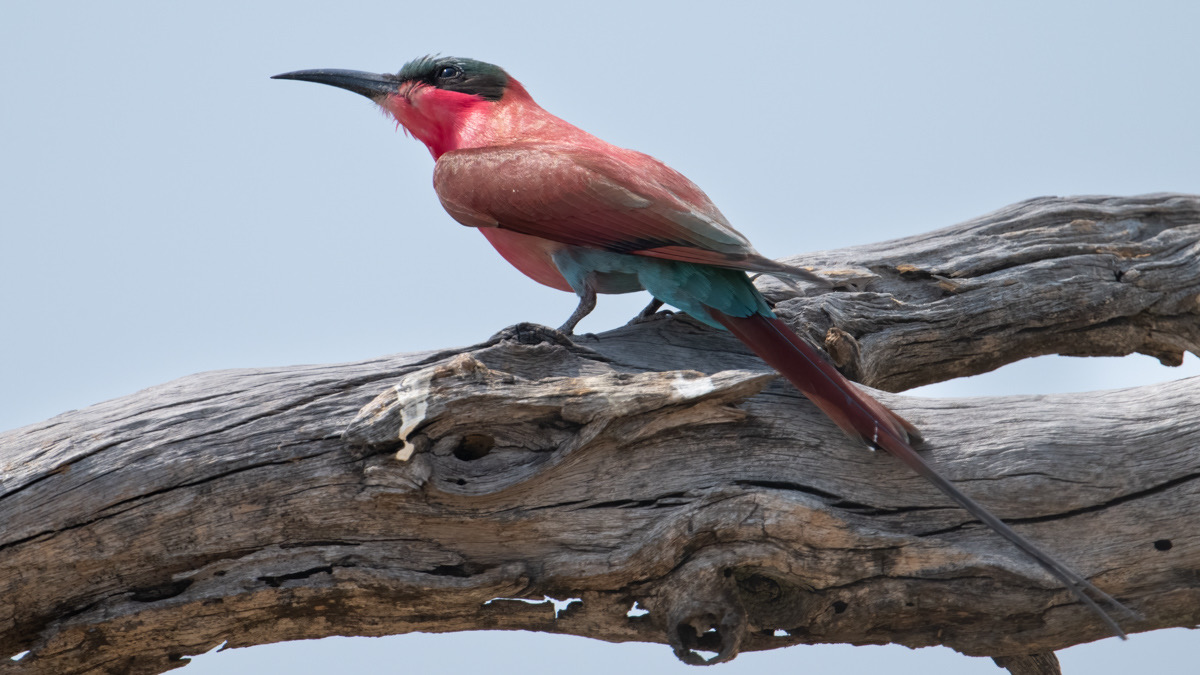
Red-Billed Ox-Peckers stick around, and only migrate on the backs on animals:
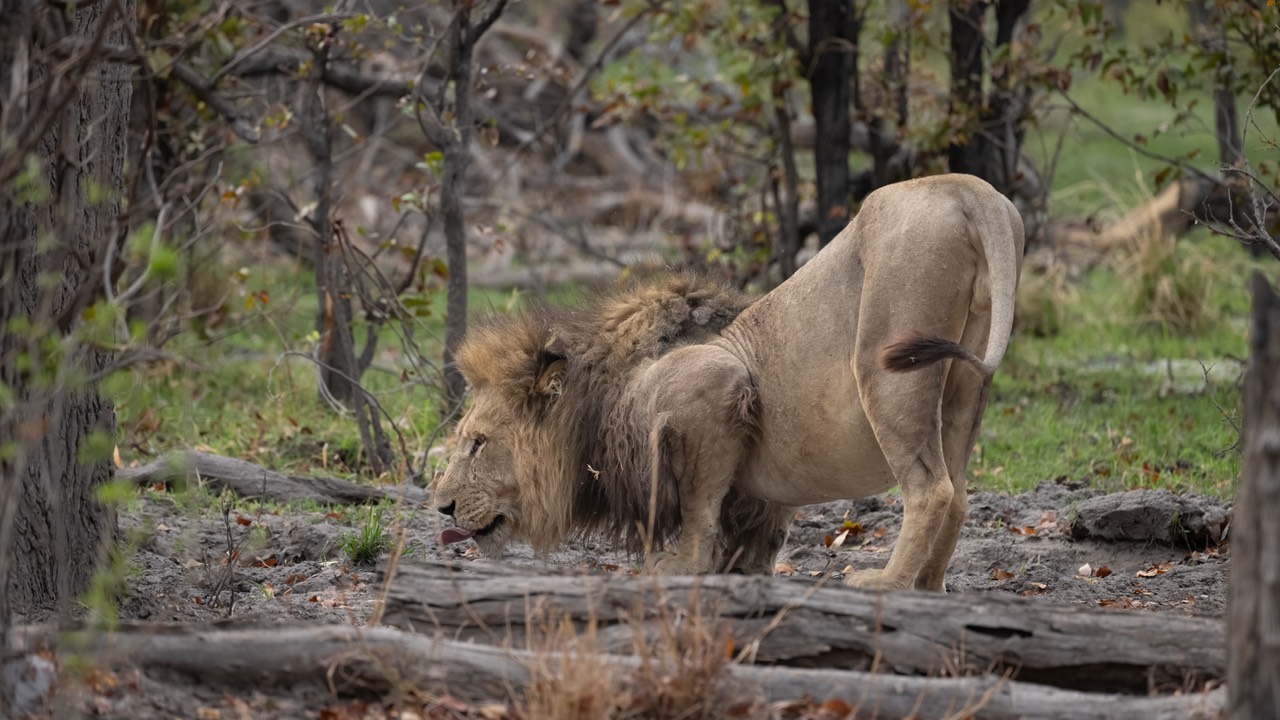
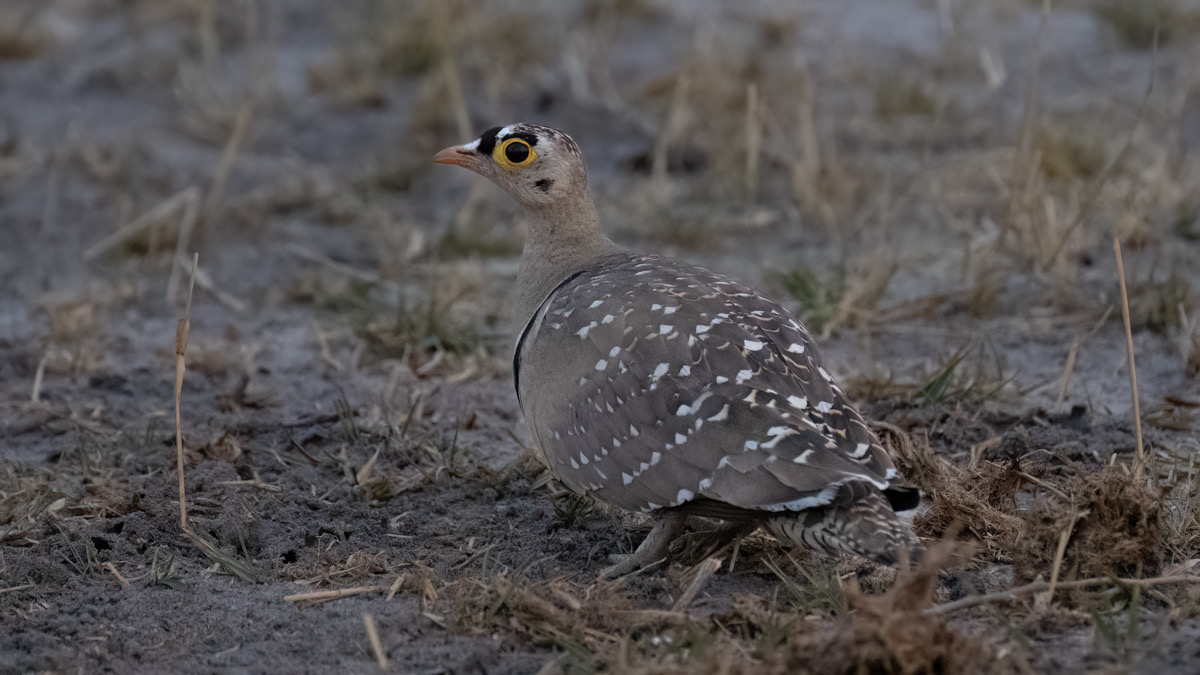
-------------------
Tony Medici is a photo instructor that specializes in Nikon equipment. He has been working with Thom for 15 years as the assistant instructor on all of Thom's large workshops. During that time, he has used a variety of Nikon cameras and lenses as Nikon completed its journey for its F-mount DSLRs ending with the D850. He has now continued with the Nikon line by using Z camera bodies including the Z9, Z8 , Z7, Z6 and Z6 II, and Z-mount Nikkor lenses, such as the 400mm f/4.5 VR S that was used in many of the above images. That puts him in an excellent position to answer specific question on Nikon cameras as well as general answers on Photography questions during any workshop that he might lead or help Thom with. Tony is also the Lightroom expert on a byThom workshop (Thom is the Photoshop expert), and helps students with organizing and processing their images.